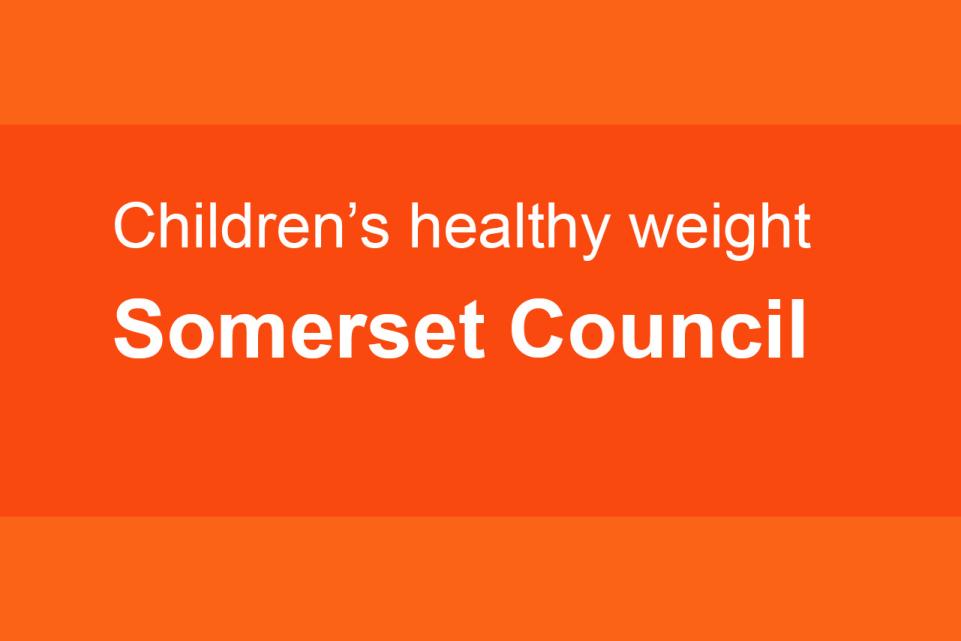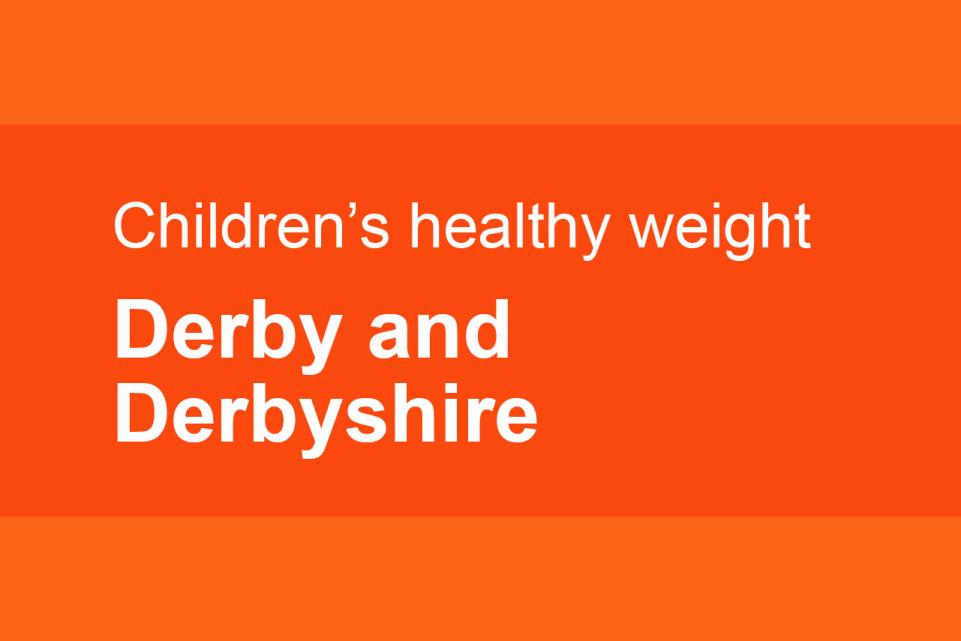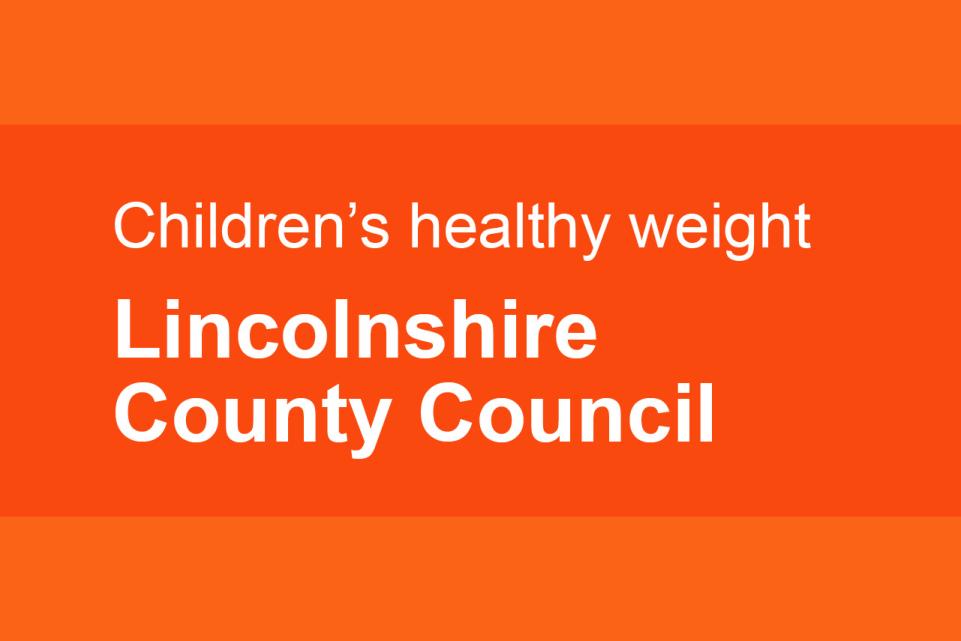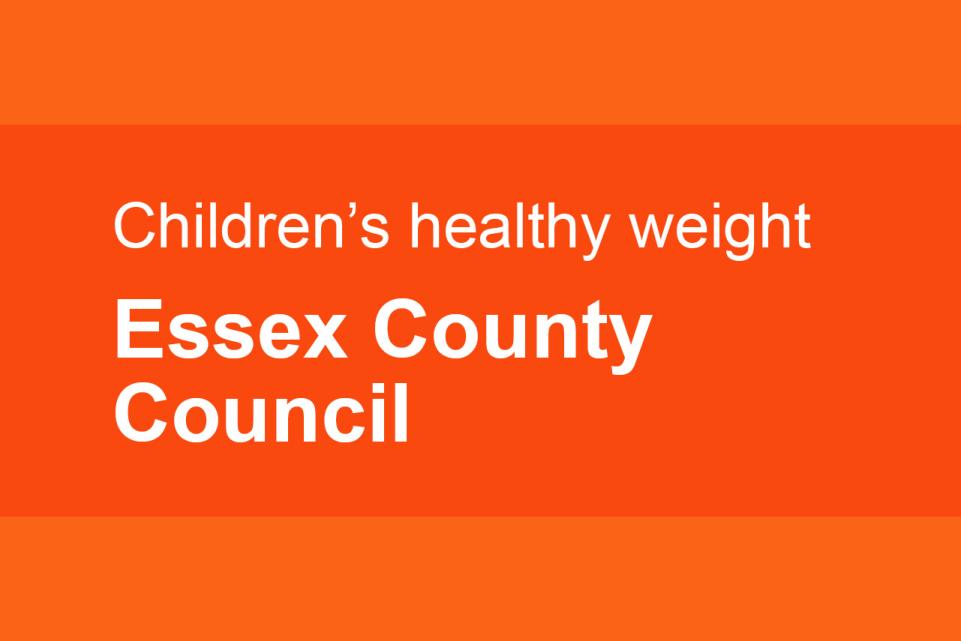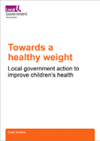
Foreword
All children should have the opportunity to be healthy, no matter where they were born or where they grow up.
A key health challenge for our nation is reducing levels of obesity and overweight amongst children and young people. Children who are living with obesity are at greater risk of high blood pressure, high cholesterol, diabetes and other long-term conditions that last into adulthood.
By the time children enter primary school, almost one in ten are living with obesity or severe obesity, a figure that rises to almost one in four by the end of primary school.
Over the pandemic, rates of child obesity made their highest ever annual increase. Between 2019/20 and 2020/21, the percentage of children living with obesity in reception rose 4.5 percentage points to 14.4 per cent.
For children in year 6, there was an increase from 21.0 per cent to 25.5 per cent.
The latest data from the National Child Measurement Programme (NCMP) for 2022-23 highlights that obesity prevalence is now lower than pre-pandemic levels for children in reception (9.2 per cent) but remains higher than pre-pandemic levels at 23.4 per cent for children in year 6.
This issue disproportionately affects children living in the most deprived areas, with the likelihood of living with obesity being roughly double compared to those living in the least deprived areas. For children in year 6, the prevalence of severe obesity is more than four times higher in the most deprived areas compared to the least deprived areas.
This concerning trend has been increasing for over a decade and shows that the environments where children grow have a profound effect on their health.
What next?
The government has pledged to halve childhood obesity and significantly reduce the gap in obesity between children from the most and least deprived areas by 2030.
If we are going to make progress as a nation on reducing obesity and promoting a healthy weight, the solution lies in developing a whole-system approach and making this a priority, both nationally and locally.
But the success of the drive will rest and fall on what is done on a local level. If we succeed, the benefits will be felt for generations to come.
Local action to promote children’s healthy weight
Local councils across the country are embracing a variety of innovative strategies to promote children's healthy weight, including what are known as tier two weight management services.
These case studies offer valuable insights into the challenges and opportunities associated with promoting children’s healthy weight at the local level. They demonstrate the power of collaboration, innovation, and whole-system approaches in driving meaningful change.
As councillors, we are inspired by the dedication and creativity displayed by our colleagues across the country, and we hope that their experiences will serve as inspiration for other areas.
We commend the efforts of all those involved in these initiatives and encourage continued collaboration and innovation in the ambition to promote children’s healthy weight.
While progress is being made, it's evident that a comprehensive, whole-system approach is essential to effectively address childhood obesity and promote healthy weight. By taking decisive steps at the local level, we can pave the way for healthier generations to come.
Councillor David Fothergill, Chairman, LGA Community Wellbeing Board
Councillor Louise Gittins, Chair, LGA Children and Young People Board

